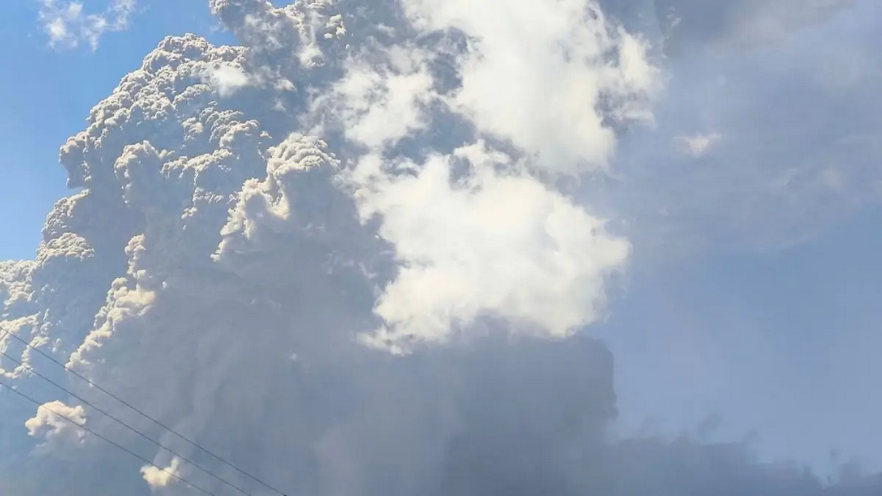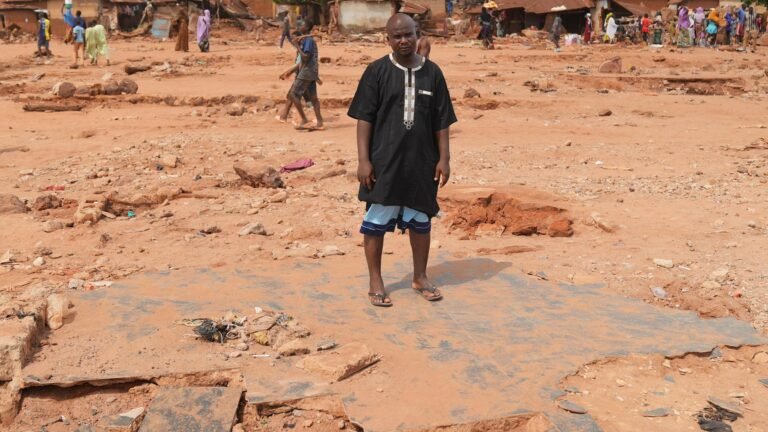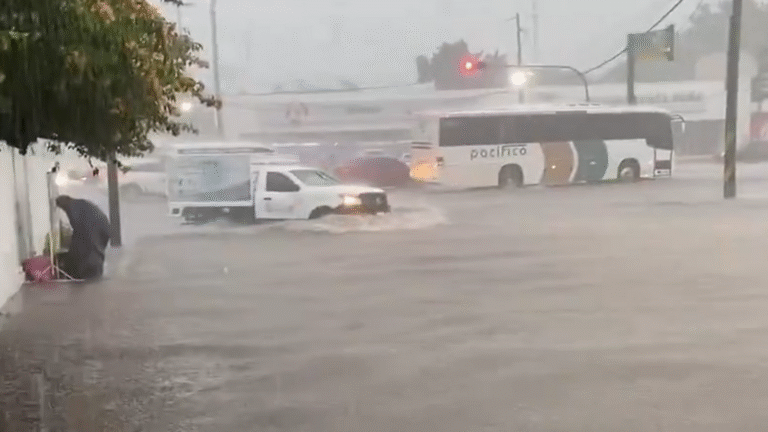A major explosive eruption occurred at Mount Lewotobi Laki-laki, located on Flores Island, Indonesia, at 11:05 WITA (03:05 UTC) on July 7.
Indonesia’s Geological Agency (Badan Geologi) reported that pyroclastic flows, an avalanche of hot gas clouds, mixed with rocks and lava, traveled up to 5 km (3 miles) down the slopes of the volcano during the eruption. Pyroclastic flows pose extreme hazards due to their speed, heat, and force, and can destroy anything in their path.
The Volcanology and Geological Hazard Mitigation Center (PVMBG) reported an ash column height of approximately 18 km (59 000 feet) above the summit or about 19.6 km (63 000 feet) a.s.l. This is the highest ash column at Laki-laki since the November 2024 eruption, which killed nine people and injured dozens.

The ash plume was observed as gray to black in color with thick intensity, spreading toward the north, northeast, and northwest, affecting villages downwind. Residents are being warned to wear masks or cover their mouths due to ash exposure.
This marks the volcano’s third major eruptive phase in 2025, following events in March and May. The current eruption prompted aviation warnings and the cancellation of multiple flights between Australia and Indonesia. Airlines, including Virgin Australia, Jetstar, and Qantas, suspended routes to and from Bali due to the high-altitude ash hazard.
Authorities have maintained the highest alert level (Level IV) since the May eruption and continue to enforce a 7 km (4.3 miles) exclusion zone around the crater.
No casualties or infrastructure damage have been reported as of the latest updates. However, residents and local officials were advised to remain vigilant due to the potential for secondary hazards such as lahars, especially during periods of heavy rainfall.
Today’s eruption at Laki-laki ranks among Indonesia’s largest volcanic events since the 2010 eruption of Mount Merapi on Java Island, which killed 353 people and forced more than 350 000 to evacuate.
Previous activity at Laki-laki in late 2024 resulted in fatalities and extensive ashfall across East Flores Regency. The twin-peaked Lewotobi system, comprising the male (“Laki-laki”) and female (“Perempuan”) cones, is part of Indonesia’s seismically active Ring of Fire, home to over 120 active volcanoes.




